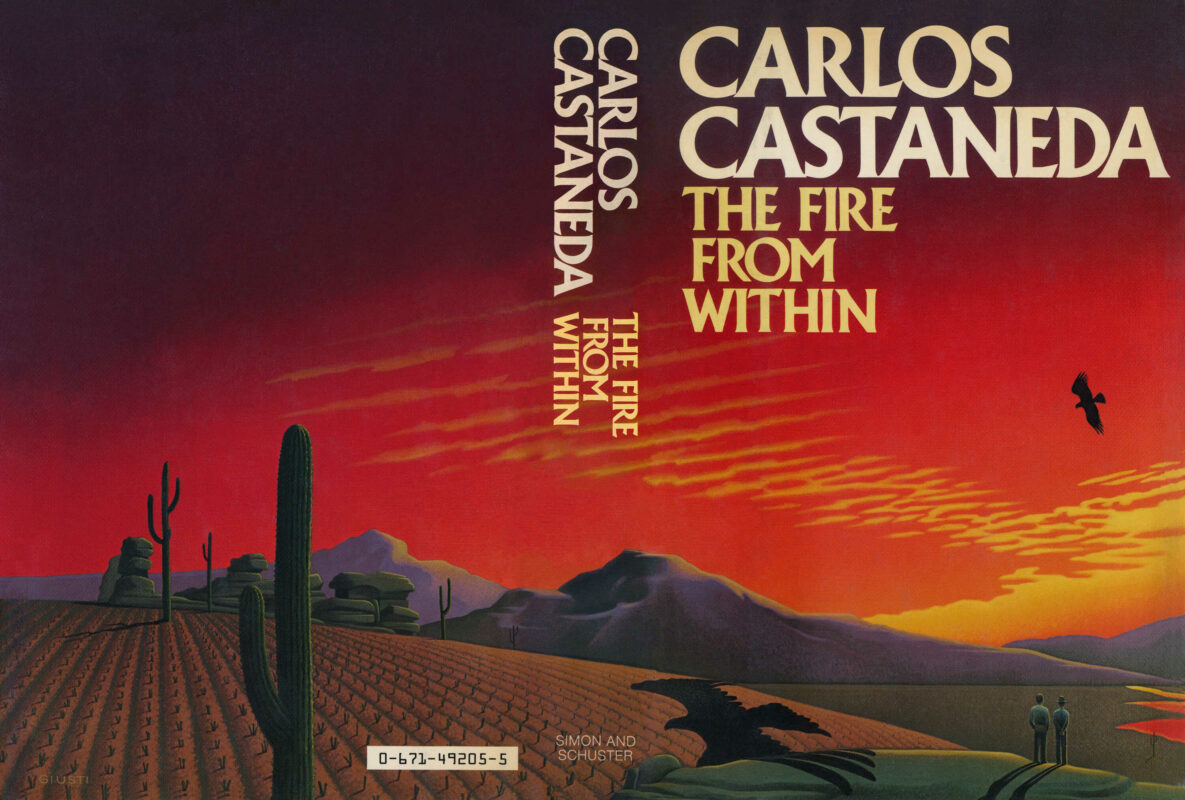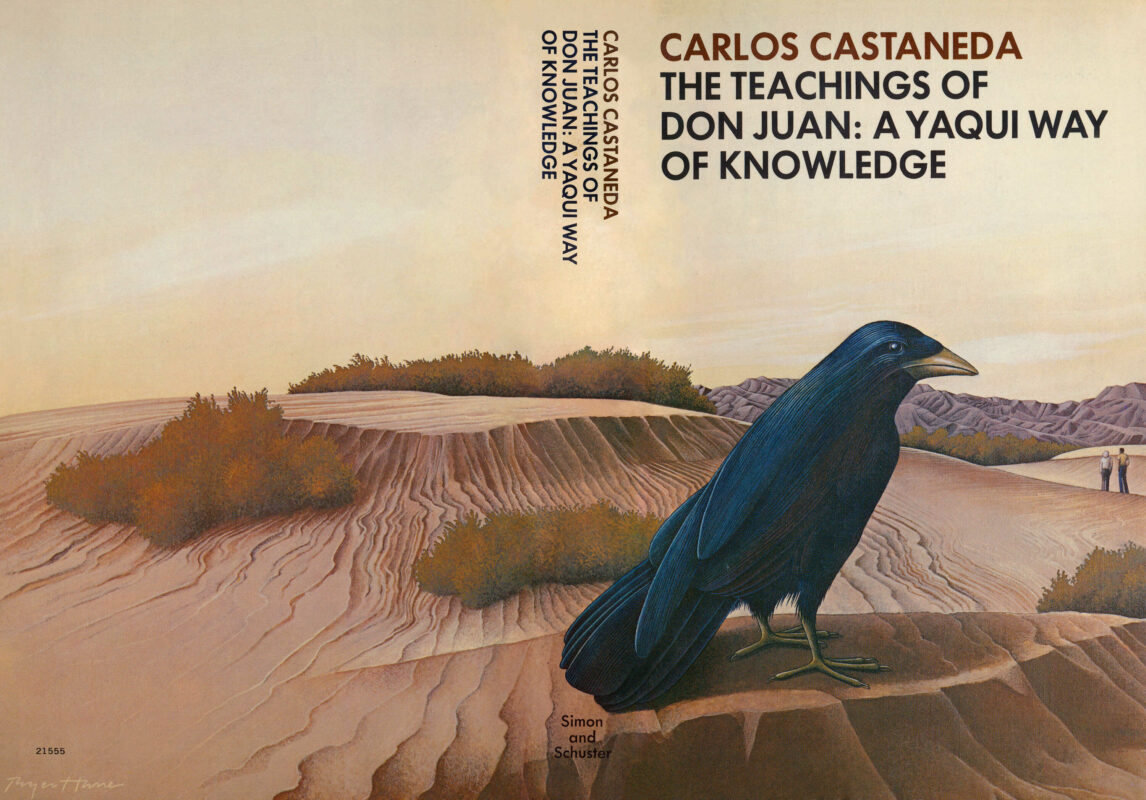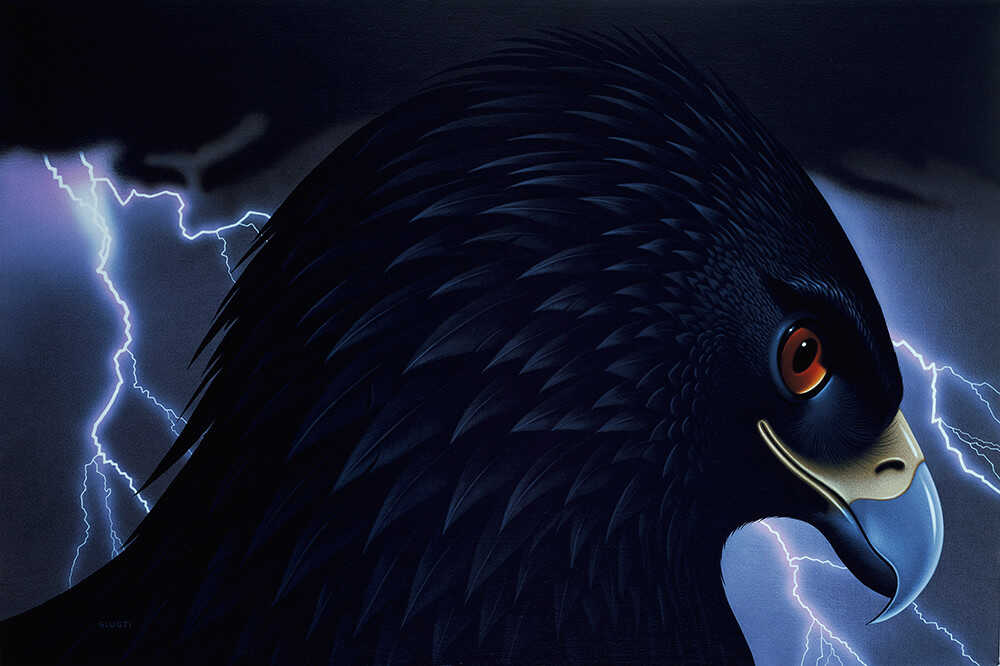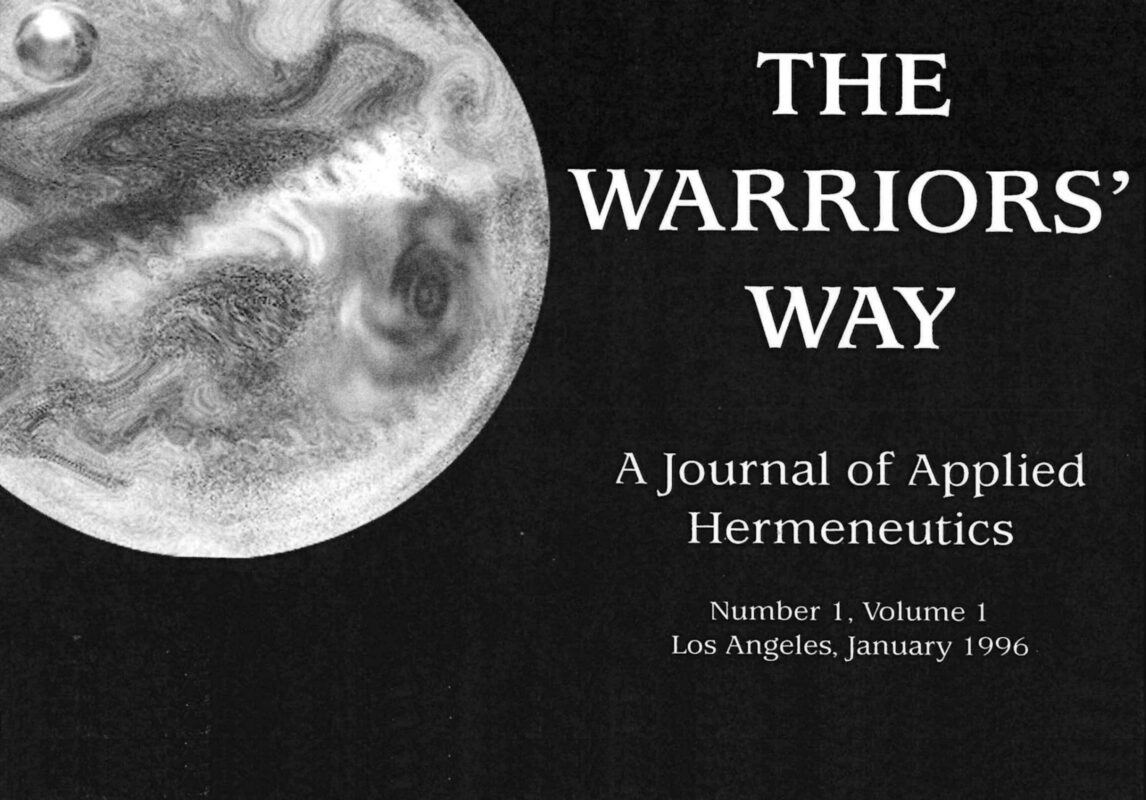The Rolling Force – The Fire from Within
Don Juan continues his instruction by prompting Castaneda to see the Eagle’s emanations and the cocoon of man through a controlled shift of his assemblage point. He explains the interplay of will and intent in moving the assemblage point, guiding Castaneda into a dreaming position to observe luminous beings. Castaneda experiences a startling encounter with the rolling force, or “tumbler,” perceived as fiery balls that hit him, revealing the protective function of human “shields” (consuming interests) against this lethal force. Don Juan explains that losing the human form is an inevitable stage for warriors, marking a permanent shift of the assemblage point away from its original fixation, leading to irreversible disaffiliation from the force that makes one a “person.” He elaborates on the rolling force as the means by which the Eagle distributes life and collects death, distinguishing between its destructive (“tumbling”) and life-sustaining (“circular”) aspects. Castaneda vividly recalls seeing the tumbler during a previous event in Mexico City, prompting further discussion on its nature and the vulnerability of the gap in the cocoon. Don Juan concludes by contrasting the old seers’ fatal obsession with the destructive aspect of the rolling force (which led them to become absorbed into it, or even transform into trees to evade it) with the new seers’ aim for total disintegration into the Eagle’s emanations through balanced understanding and impeccability.



